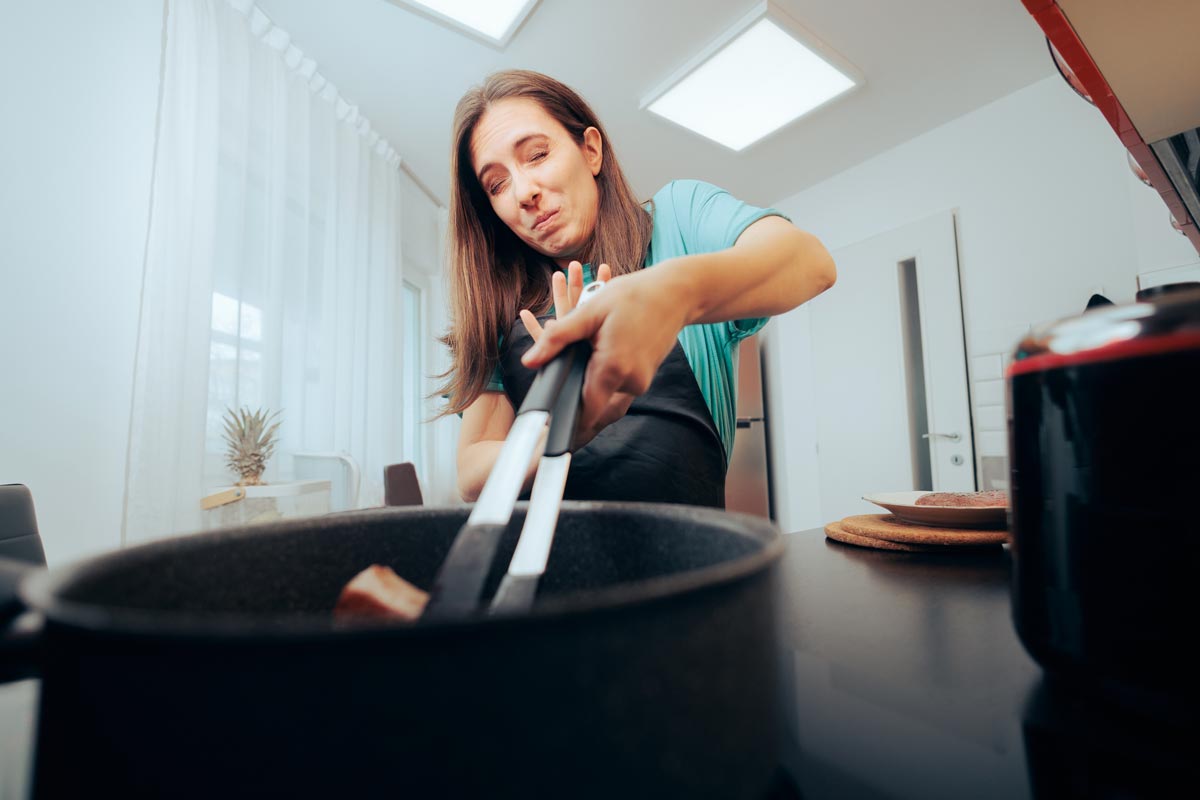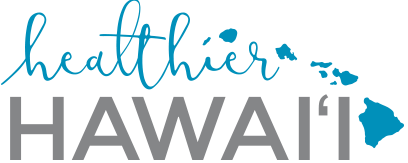
Burn Risks That May Exist in Your Home & How to Prevent Them
There are burn risks in your home you may not know about.
"Most burns do happen in the home," said Amy Chong, a registered nurse and supervisor of the Burn Care Unit at Straub Benioff Medical Center.
More than 398,000 people seek medical care for burn injuries in the United States each year, according to the latest findings from the Centers for Disease Control and Prevention.
In recognition of National Burn Awareness Week, held every year during the first full week of February, Chong appeared on Hawaii News Now's Sunrise morning show to talk about everyday household items that can pose a potential burn risk, as well as different burn types and burn care tips.
According to Chong, most burn injuries occur in the kitchen.
"We see a lot of cooking-related injuries," she said. "This can happen from hot oil in a pan, boiling water, propane grills and even pressure cookers."
A surprising burn injury risk can occur if someone uses an alcohol-based hand sanitizer and gets too close to a heat source, such as a lit candle.
"Just being near a heat source can create a burn injury," Chong said.
Types of Burn Injuries
In addition to burns that can occur from fire or a flame, there are other types of burns, including:
- Thermal burns – Flames, very hot metals, scalding liquids and even steam can cause these types of burns.
- Chemical burns – Strong acids, solvents or detergents can cause your skin to burn.
- Radiation burns – A sunburn is a type of radiation burn. Other sources can come from X-rays or radiation therapy.
- Electrical burns –This can occur if you come into contact with an electrical current.
- Friction burns – This is both an abrasion (scrape) and a heat burn that occurs when a rough object rubs off some of your skin. Common causes are motorcycle and bike accidents.
- Cold burns – Also called frostbite, this "burn" is damage caused to your skin by freezing temperatures or if you come into direct contact with something very cold for a prolonged period of time.
"We can see a combination of burns," Chong said. "For example, if someone were to open a pot of boiling water, they could get a steam injury. Then, if the pot were to fall onto them, they could get a burn injury as well."
The severity of a burn injury depends on the heat source and if direct contact with the skin is made.
"If hot oil were to fall onto the skin, that could create a pretty deep burn injury as compared to steam or water," Chong said.
Treating Burn Injuries
If a burn injury is serious, call 911 and seek immediate medical attention.
Chong urges: Do not apply ice.
"A lot of people think that by applying ice to a burn that it will help to cool it, but ice is not nice," she stressed. "Applying ice to a burn can actually cause a burn to get worse because of lack of circulation to the area. Instead, it would be best to remove the heat source or get away from the heat source and cool the burn by running it under cool water for about 20 minutes."
Preventing Burns in the Home
The best way to prevent burn injuries from happening is to practice house and kitchen safety.
When in the kitchen:
- Turn pot and pan handles toward the back of the stove.
- Use splash guards to prevent oil from splattering.
- Stay in the kitchen while cooking and do not leave the stove unattended.
- When using the microwave, allow items to cool before removing.
- Use potholders or oven mitts when handling hot items.
It also is important to discuss home safety with members of your household, especially children and teens.
"Talk about things like using electrical outlets appropriately and not overloading them, and charging your devices safely. If you're lighting candles, blow them out before going to sleep or leaving the house," Chong advised.
As the only burn care unit in the state of Hawaii and the Pacific region, the Straub Benioff Burn Care Unit is committed to caring for burn patients who need its services. This includes some of the most complex and serious cases, such as the Aliamanu fireworks tragedy and the Maui wildfires.
"A lot of our patients require lengthy recoveries, but we are here to serve the community," Chong said.
This segment originally aired Feb. 5, 2025, as part of the Hawaii News Now "Sunrise" Healthier Hawaii series. Watch the full broadcast here or below.
Published on: February 7, 2025




